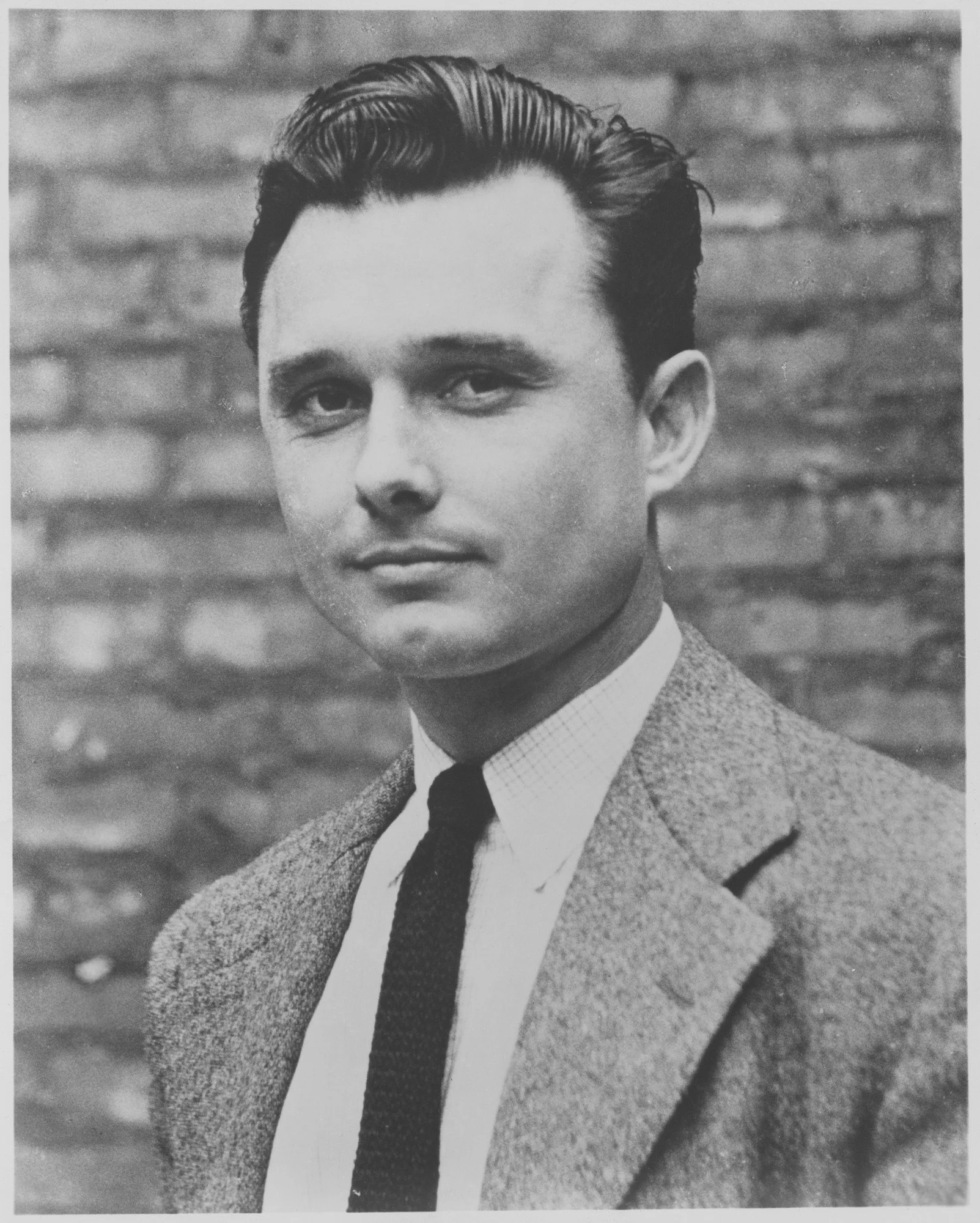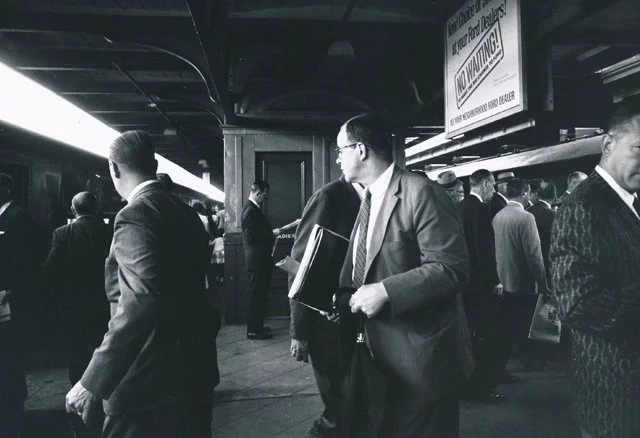Gilbert Watrous
"Have you talked to Gil Watrous about his quality Spanish and Colonial furniture and doors for La Pina?"
Mitchell Bobrick
Mitchell Bobrick said the lamps were "scientifically designed lighting instruments that…are new concepts based on an old idea . . . namely to achieve a large area low brightness lighting source whose characteristics would be such that high intensities of evenly diffused light could be provided without excessive background contrast or glare”.
Robert Hanley A.I.D.
Hanley worked on residential and commercial projects with architects, such as John Lindsay, Smith & Williams and landscape architect Garret Eckbo. For the 1952 George Hepburn house in Bel Air Hanley selected pieces by Dan Johnson.
Henry Mittwer
When the war ended, everyone in the family, except Henry, was released. He was being held due to his past refusal to fight in the war. Henry wasn’t released until 1947 and not fully out of legal troubles until 1951. The family moved back to Los Angeles.
Victor H. Bisharat
In the early 1950s, when he was in the Bay Area, he designed a small line of metal furniture and accessories. Ads for his tables, planters and candleholders were seen in Arts & Architecture, Redbook and House & Garden. He applied and received US Patents for the designs in 1951.
Albert Blake
Like many designers of the period, Al Blake moved from the Midwest to California after serving in the Army during WWII. He worked as a scene designer, then moved into full-time furniture design and manufacturing.
Archie Kaplan
Even though the the company only lasted a few years, it received much notoriety, including selection in the MOMA Good Design exhibitions. Like many of the small companies that started post-war, it just wasn’t making enough money.
Esther and Gross Wood
At one point they boasted 75,242 models of lamps. They were focused on “well coordinated” items and an efficient product line with interchangeable components.
Allan Gould
In 1959 Gould said this about himself, “I’m a design reactionary. “I still turn to pure elements—to things we’re forgetting about now. Important are the functional, the simple, the anti-high fashion, the longlived. Style is something deep—a longterm trend’.











